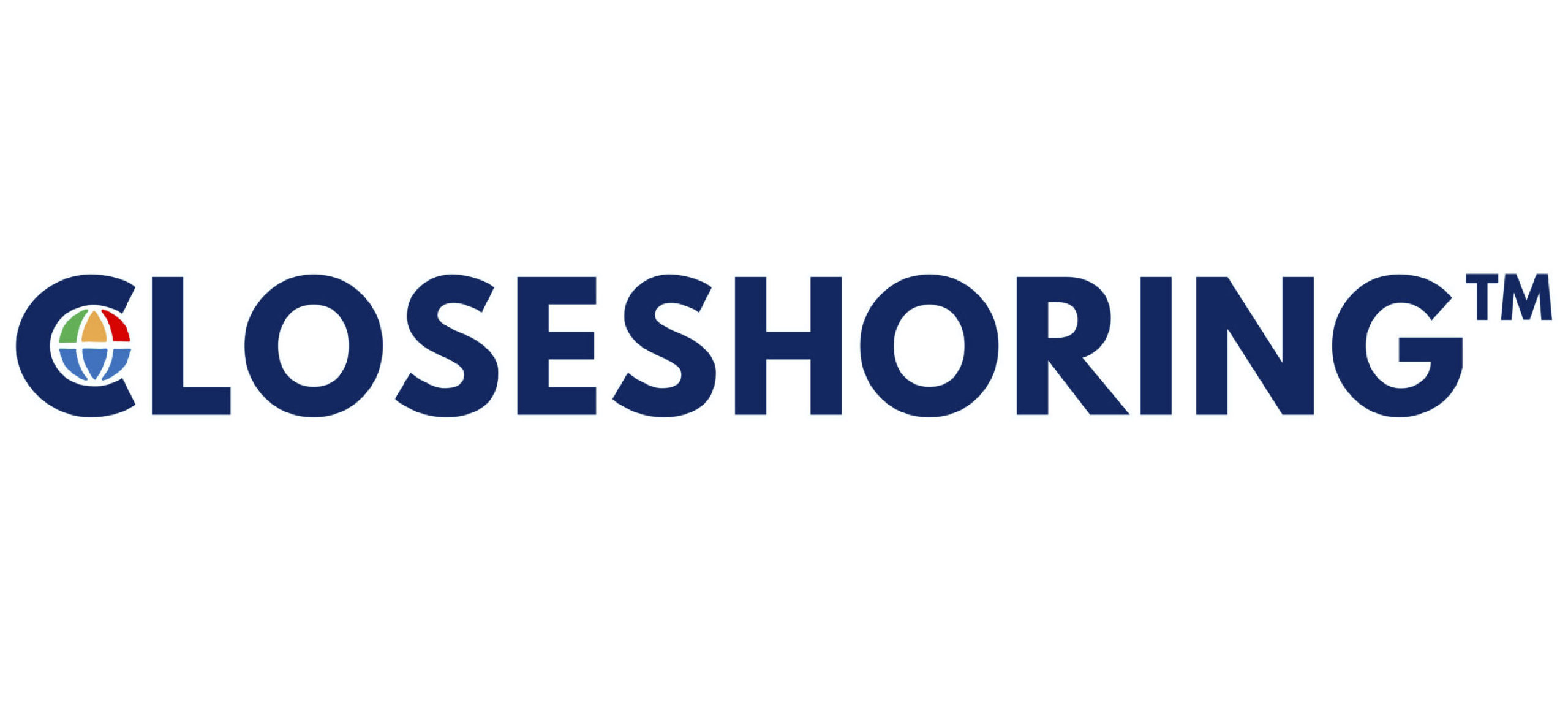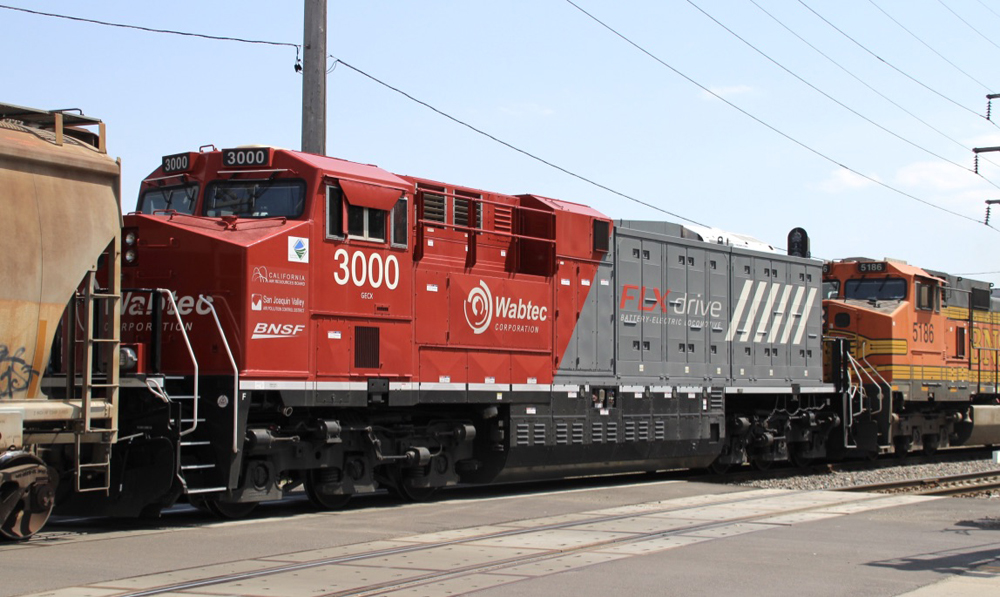When it comes to fixing broken supply chains and improving the environment, railroads could be a key piece of the puzzle. Compared to other modes of transportation, such as trucks, railroads are lower emitters of carbon and other greenhouse gases. Diesel is currently the primary fuel used by U.S. freight railroads in their locomotives and new technologies such as fuel management software, start-stop procedures and Tier 4 locomotives have been implemented by many railroads to reduce emissions.
In 2025, the U.S. EPA Tier 5 standard and the European Euro7 standard are scheduled come into effect. Both standards limit the emission of harmful substances by trains and locomotives to very low values. These new standards require zero particulate matter emissions and almost zero nitrogen oxide emissions.
Also during this decade, it’s expected that implementation of new rail transportation technologies could completely eliminate emissions, such as adoption of battery-electric and hydrogen fuel cell locomotives.
Wabtec is working with Carnegie Mellon University and BNSF to test a battery-electric locomotive. Alstom, Cummins, Siemens and other companies have demonstrated the viability of hydrogen fuel cell passenger locomotives in Europe.
Regardless of politics and ideologies, clean forms of energy and transportation make sense and actually save money while benefitting the environment and enhancing supply chain efficiencies.

